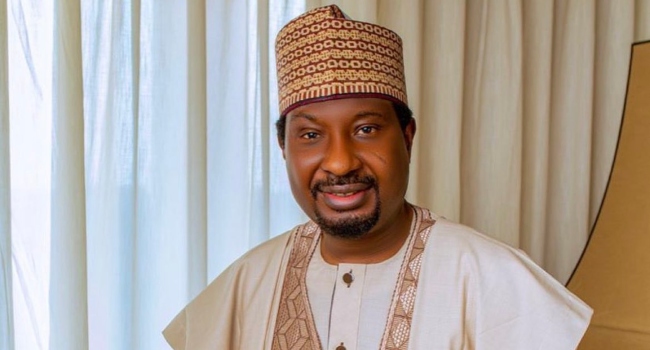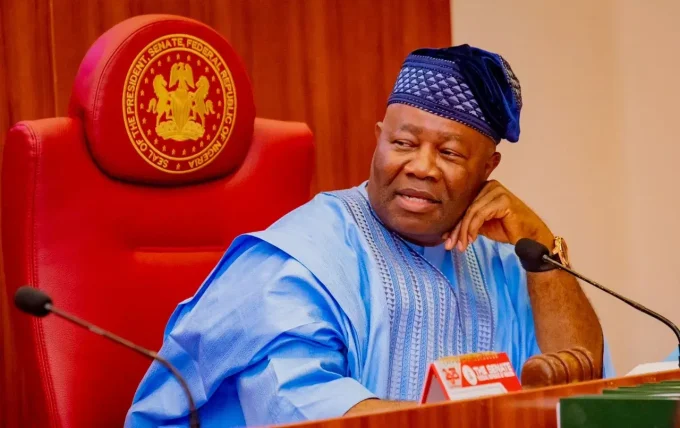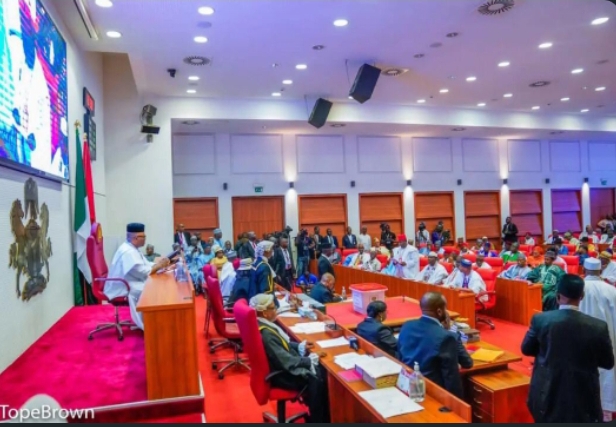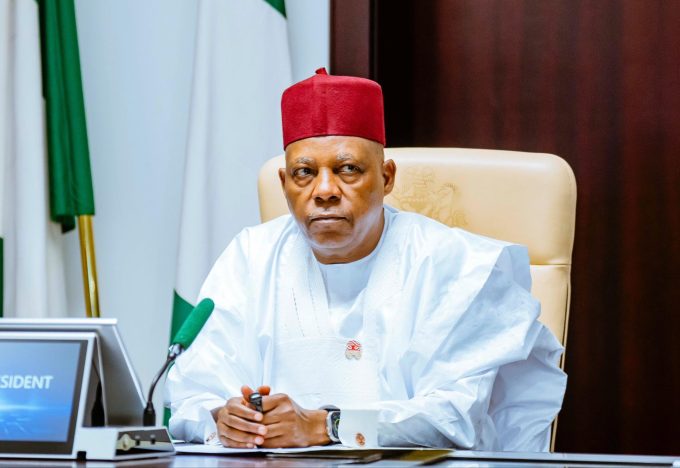ABUJA: A worsening humanitarian crisis is unfolding across Nigeria’s North-Central region, where persistent insecurity driven by banditry, herder-farmer clashes, kidnappings, and communal violence continues to claim thousands of lives and displace millions.
From Benue to Niger, Plateau to Kwara, and parts of Adamawa, the pattern of violence remains unrelenting. Local authorities, humanitarian organisations, and civil society groups warn that the situation has reached alarming proportions, with entire communities abandoned, farmlands deserted, and security stretched thin.
—
Benue: A State Under Siege
In Benue State alone, at least 6,896 people have been killed over the past four years, according to state data. Governor Hyacinth Alia described the conflict as a “slow war of attrition,” warning that the state’s survival is at stake.
Herders’ attacks and reprisals have emptied communities across Guma, Logo, Gwer-West, Agatu, Makurdi, and Kwande. Over 80 farming communities now rely on overcrowded internally displaced persons (IDP) camps in Makurdi, Gbajimba, and Abagena for food, shelter, and basic services.
—
Plateau: Mass Graves and Ghost Towns
In neighbouring Plateau, violent attacks between 2021 and 2025 left 2,630 people dead, with the most devastating incidents occurring in Bokkos, Mangu, Barkin Ladi, Riyom, and Jos South.
The December 2023 killings in Mangu and Bokkos destroyed over 1,200 homes and displaced 25,000 people. Mass graves discovered in Bokkos early in 2024 intensified calls for a dedicated military operation. Yet, attacks continue in rural areas despite curfews.
“We are at the mercy of night-time raids,” said Pastor Istifanus Dung of Barkin Ladi.
—
Niger: Bandits Control the Forests
In Niger State, over 2,400 lives have been lost in Shiroro, Rafi, Munya, and Mariga since 2021. The Niger State Emergency Management Agency reports more than 30,000 displaced and over 500 communities sacked.
Governor Umar Bago confirmed that vast swathes of farmland remain inaccessible, threatening food production and worsening poverty. Forest corridors linking Kaduna, Zamfara, and Kebbi have become safe havens for armed groups.
—
Kogi: Students Kidnapped, Villages Razed
Kogi has not been spared. At least 800 deaths and 200 kidnappings have occurred in Dekina, Yagba West, Okene, and Kabba-Bunu since 2021.
A 2023 mass abduction of 25 university students near Itobe and a massacre of 45 villagers in Ajaokuta remain fresh in public memory. Despite military checkpoints, criminal operations continue—often aided by local informants.
—
Nasarawa: Reprisals and Airstrikes
In Nasarawa, herder-bandit clashes and reprisal killings have claimed more than 400 lives. In January 2023, a controversial Nigerian Air Force airstrike in Akwanaja killed 40 herders, prompting further violence.
Despite security deployments, crime persists. Police data from 2023 alone recorded 839 serious offences including murder, robbery, kidnapping, rape, and theft. Attacks between November 2024 and April 2025 claimed 104 lives.
—
Kwara: Lithium, Forest Hideouts, and Renewed Violence
Kwara State has seen over 150 deaths and 300 kidnappings in the last two years. Analysts link the violence to illegal mining and the discovery of lithium deposits in Oke-Ode, Ifelodun Local Council.
Bandits many from the Mahmuda group operating in Kainji National Park have used forest reserves across Kaiama, Patigi, and Ifelodun as hideouts. Property losses exceed N200 million, and seven cattle markets were shut due to suspected criminal infiltration.
In one of the worst incidents, 12 people including the traditional ruler of Ogbayo, were killed in a September 2025 attack. Military reinforcements and airstrikes have since been launched across affected areas.
The State Police Command says over 50 suspects have been arrested. Spokesperson Ejire Adetoun Adeyemi assured that displaced persons will return home before the end of 2025, dismissing rumours of helicopters being used to drop terrorists.
—
Adamawa: North-East Spillover
Though technically in the North-East, Adamawa State is increasingly affected by North-Central violence. Between 2021 and 2025, at least 500 people were killed and 1,200 kidnapped in Fufore, Gombi, and Madagali councils.
More than 15,000 people have taken refuge in displacement camps in Mubi and Yola, many fleeing Boko Haram and bandit-linked attacks. Humanitarian groups warn that the region’s borders remain dangerously porous.
—
A Bleeding Heart: A Region on the Brink
Across the North-Central region, over 2.5 million people are currently displaced. More than 70% are women and children, with the ripple effects devastating food production and local economies.
According to the UN Office for the Coordination of Humanitarian Affairs (OCHA), rice and yam yields in Benue and Plateau have dropped by over 40%. Over 100 primary healthcare centres have been destroyed or abandoned.
Despite increased military operations including the recent deployment of the GOC of 2 Division to Kwara many residents remain sceptical. Civil society organisations say a lack of joint coordination, intelligence failures, and corruption continue to hinder progress.
Governor AbdulRahman AbdulRazaq has launched a local response, deploying 700 hunters as forest guards and training 1,200 more. Meanwhile, opposition voices, including former Senate President Bukola Saraki and the Chief Imam of Ilorin, have called for a more aggressive federal response.
—
Hope Amid Ruin?
While the Nigerian Air Force and Army have intensified their presence, the question remains: will it be enough?
“The land is bleeding,” said a displaced farmer in Makurdi. “We have buried our people, lost our farms, and now live like strangers in our own land.”
As 2025 draws to a close, Nigeria’s North-Central faces a reckoning. Without sustained security reform, community engagement, and investment in post-conflict recovery, the region risks becoming a permanent battleground in the nation’s internal war.
National
 News MasterUpdated 2 weeks Ago3 Mins read25 Views
News MasterUpdated 2 weeks Ago3 Mins read25 Views
North-Central Nigeria in Crisis: Insecurity, Displacement, and Despair Deepen

Share
Latest Posts
Related Articles
National
Senate Approves Life Jail Term for Child Defilement, Moves to Strengthen Rape Laws
The Senate has approved life imprisonment for anyone convicted of defiling a...
4 hours Ago
National
Senate Approves Life Imprisonment for Child Defilement
The Nigerian Senate has approved life imprisonment as the new penalty for...
5 hours Ago
National
ASUU Strike Deepening Inequality, Hurting Poor Students – Rep Agbese
Deputy Spokesperson of the House of Representatives, Hon. Philip Agbese, has expressed...
11 hours Ago
National
Shettima Launches NJFP 2.0 to Create 20,000 Jobs Annually
Vice President Kashim Shettima has unveiled plans by the Federal Government to...
18 hours Ago












Leave a comment